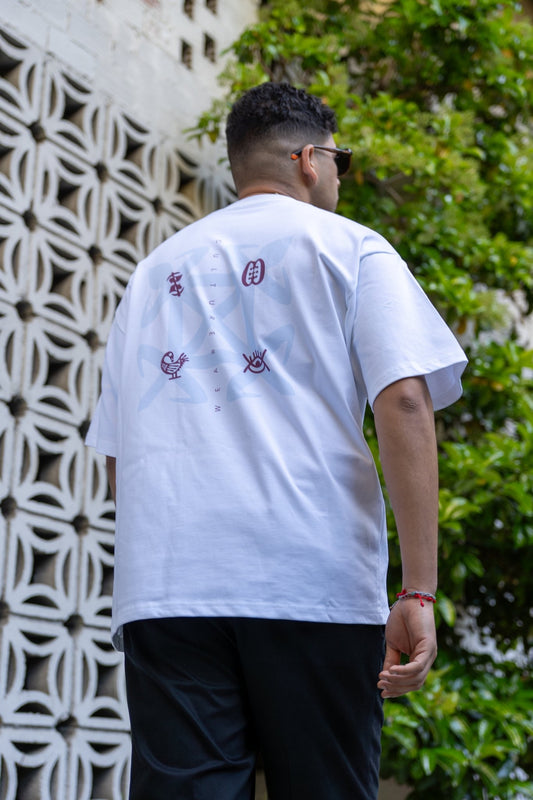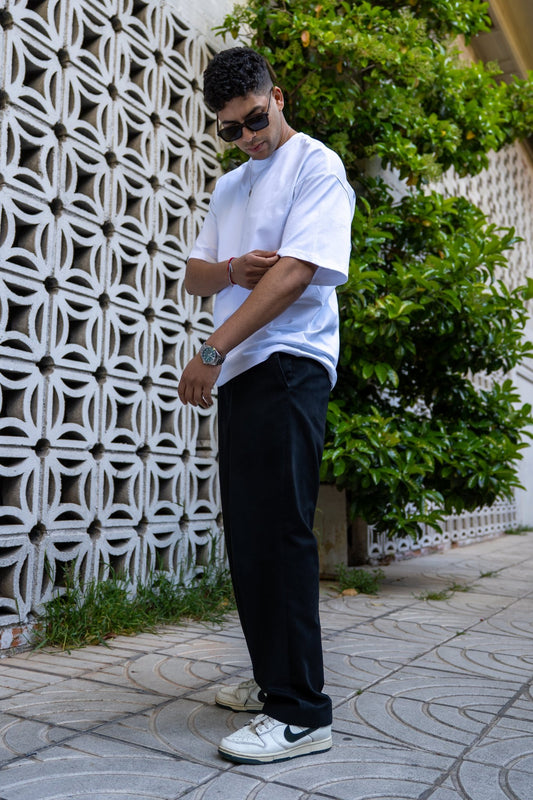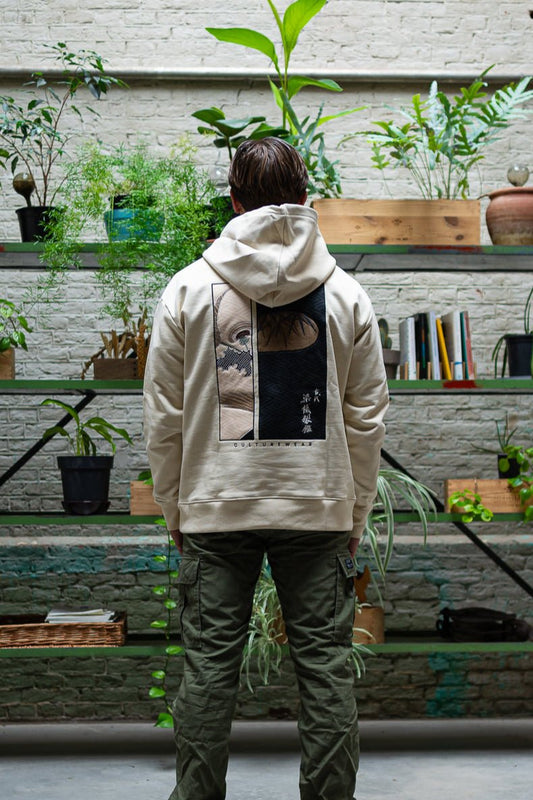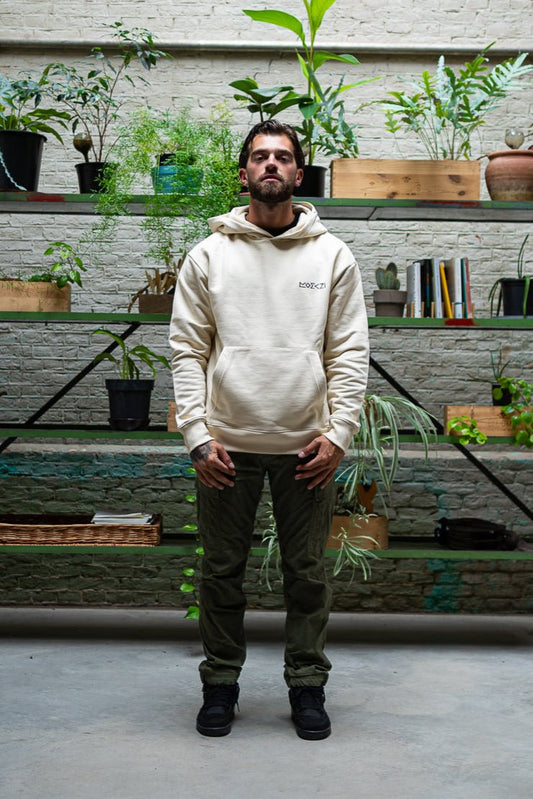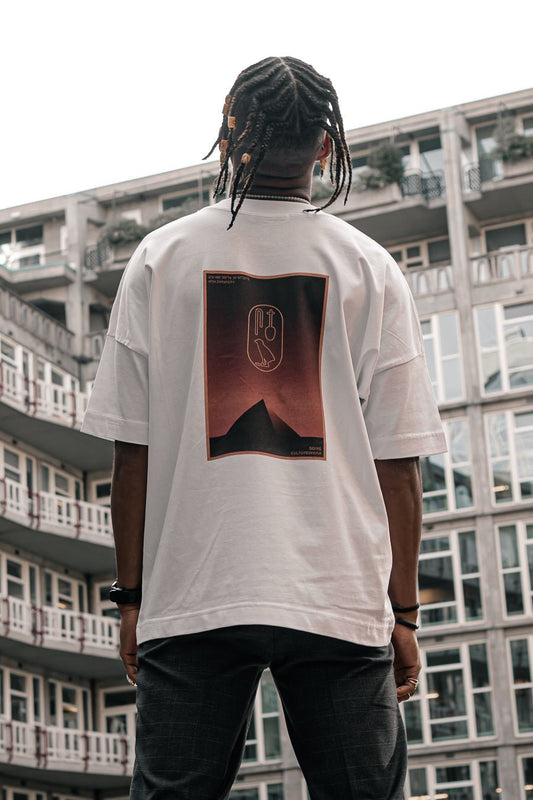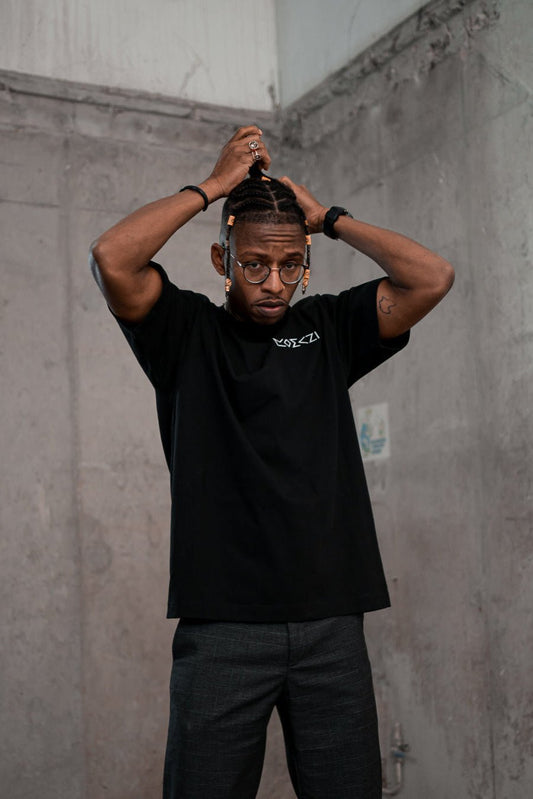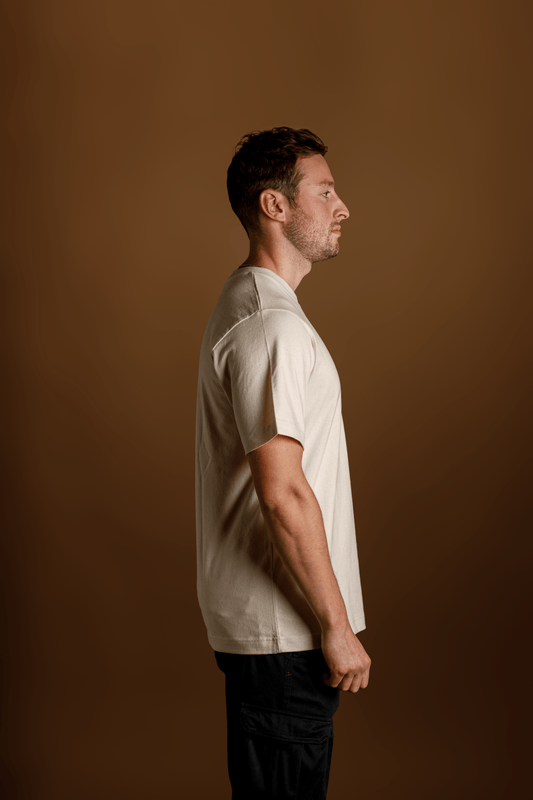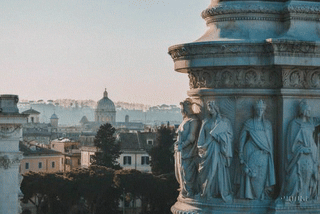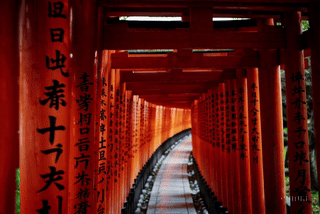Cultural Pieces
-
Adinkra t-shirt
Regular price €44,98Regular priceUnit price / per -
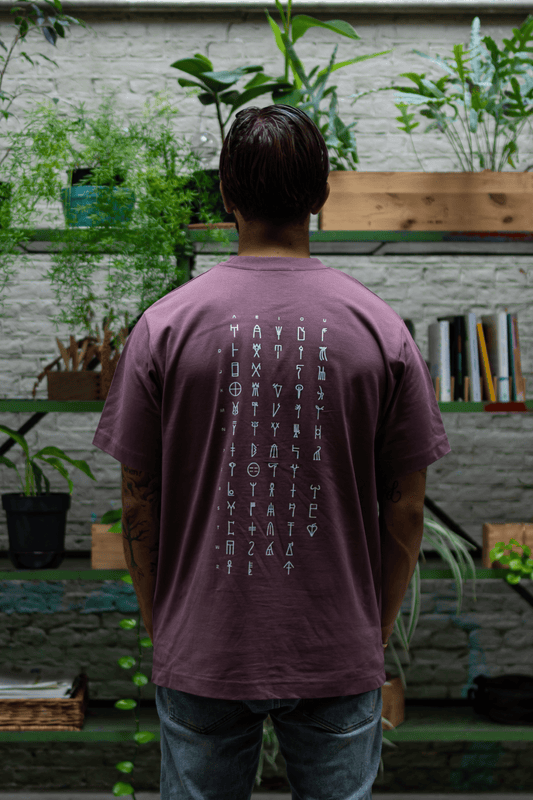
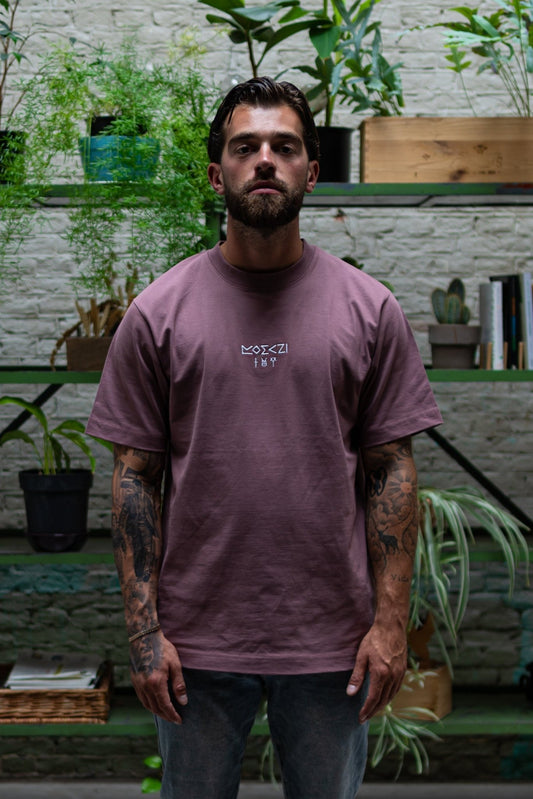 Sold out
Sold out -
Bunka (文化)
Regular price €109,99Regular priceUnit price / per -
Soris (Sneferu)
Regular price €44,98Regular priceUnit price / per
1
/
of
4

Discover. Connect. Wear.
Connect with the world around you through modern designs, stories, and a community of people.
Essential Pieces
-
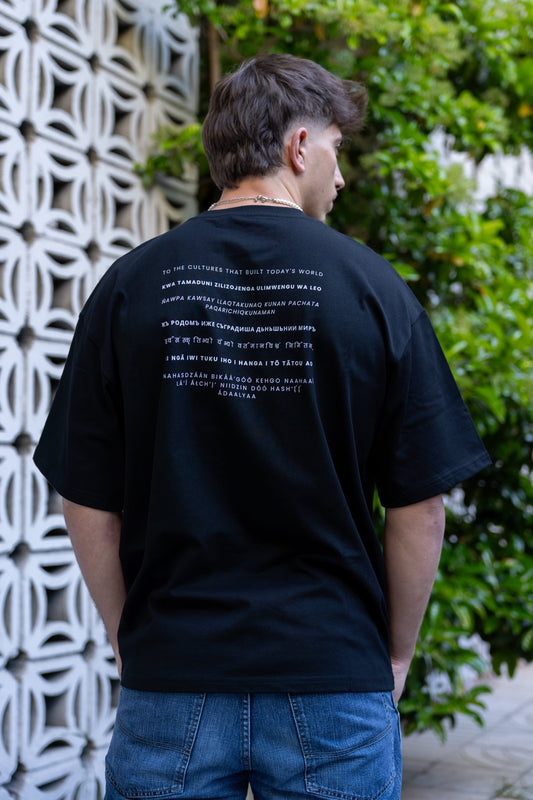
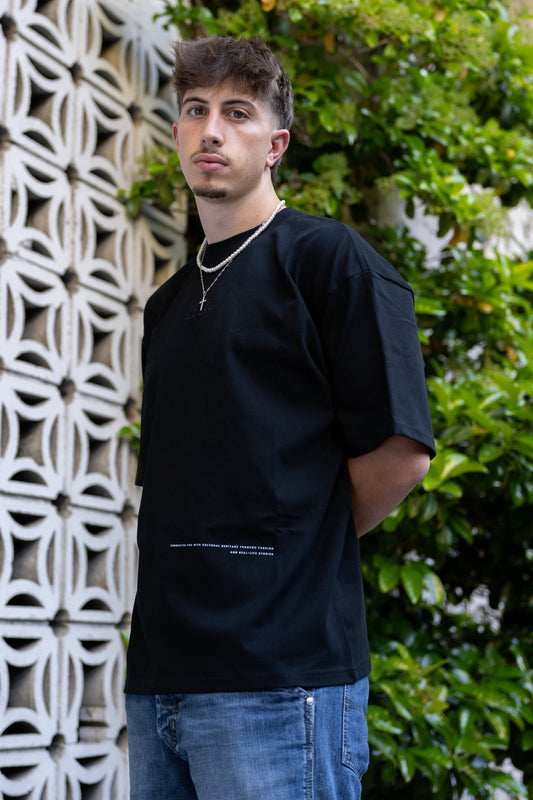 Sold out
Sold out -
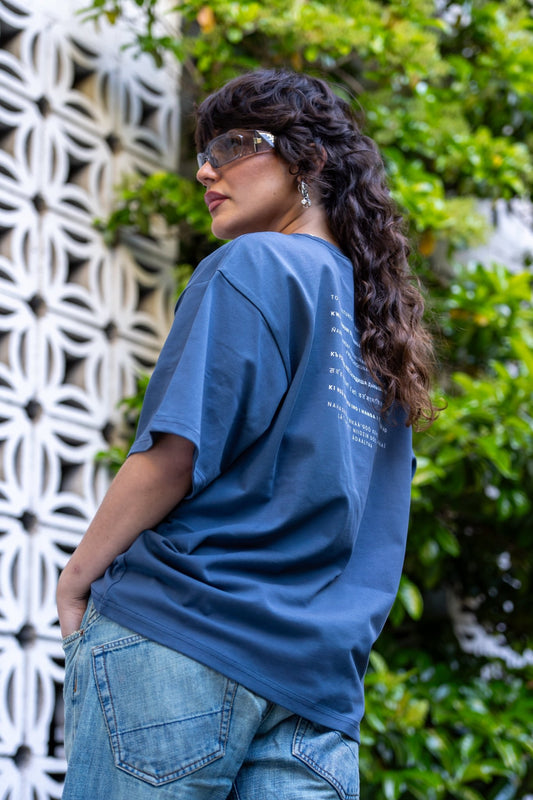
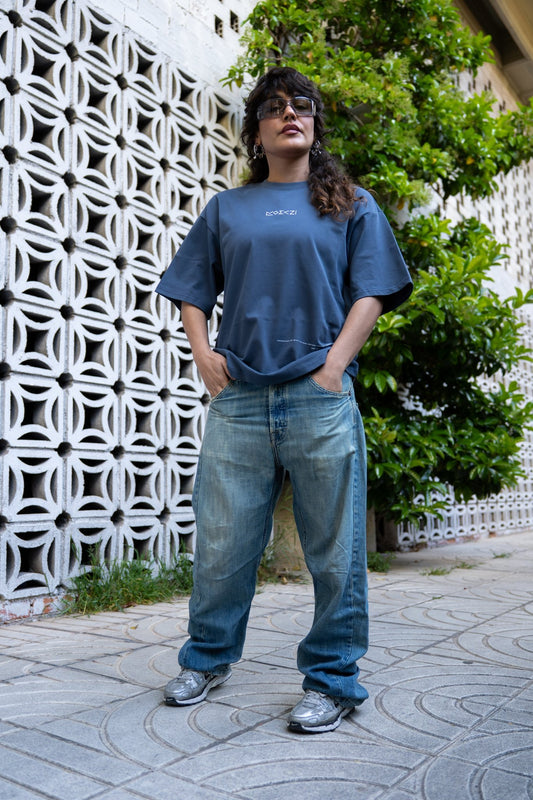 Sold out
Sold out -
Essential: Black
Regular price €44,98Regular priceUnit price / per -
Essential: Ecru
Regular price €44,98Regular priceUnit price / per
1
/
of
4
Cultural Stories
1
/
of
4

We believe in culture
We're passionate about exploring and sharing the stories of the cultures and communities that shaped our world.

